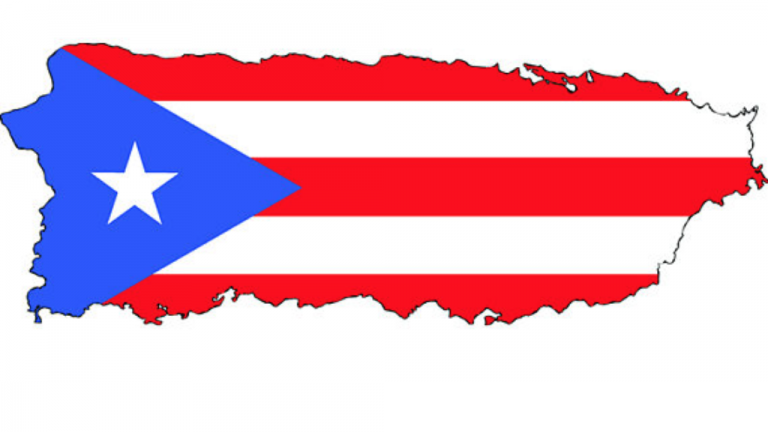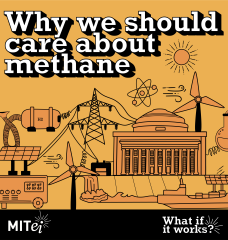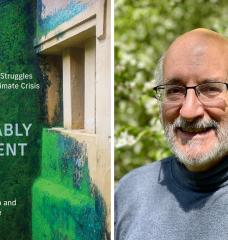
The devastation in Puerto Rico and the Virgin Islands (and elsewhere in the Caribbean) from the recent high-category hurricanes has taken an enormous toll on the population, most of all on those with limited resources for whom daily life is now a huge challenge and improvements will be slow. There are and will be many lessons to learn from mega-storms "Harvey"-"Irma"-'María" – from each, but also from their joint occurrence a mere few weeks apart. The actual trajectories, of course, could have been a little different for each. "Irma," for example, razed Puerto Rico's northeast corner (after ravaging smaller islands along its way). Though not directly overland, a category 5 –"worst ever in Caribbean" according to some– nearby was too close for comfort, causing deaths, damages and knocking off the power grid for a million residents, only to have "María" (also a “5”) two weeks later cross the length of the island as its wind speeds dropped ever so slightly across the threshold to “only” category 4." What if both had made landfall? What if another hurricane came through the island this season, even if just a “normal” one?
Preparedness does not currently exist for these types of extreme climatic events, which now become a reference since they are simply “unaffordable” in so many ways. It may be impossible to fully prepare for their kind, much less so if impacted more than once in the same season (or two years in a row), but increased resilience to their severe blows has to be front and center. How to protect as much as possible against their worst impacts and consequences, how to reduce the economic disruption –even paralysis, as seen in Puerto Rico– so that essential services continue as long as possible, are restored quickly when disrupted, so that jobs and incomes (and schooling, etc.) return; how to minimize the long-term ramifications for people, businesses and the economy as a whole.
The energy system at the core of it all has been too brittle and centralized, unable to withstand the shocks, collapsing like a large hunted prey. One month later, restoring electricity is extremely slow and limited with reports of months, many months, before fully becoming operational throughout the island points to a long period of economic trouble. At all levels, there's a consensus rapidly forming that "repair and restore" is no longer a good enough option, that for good reasons on all fronts –economic, environmental, social– a new decentralized system must grow to include networked smart micro-grids with as much share as increasingly feasible of locally available renewable sources and energy storage to displace and reduce the huge dependence on expensive imported fossil fuels. It's not an overnight solution but a path to follow, to grow and integrate with the aging legacy systems. It is now an economic imperative to not only have electricity again but also for its price come down from such high levels so it contributes to long-run economic grow, while also not feeding the very forces (via the emissions from the largely fossil fuel power plants) that breed these extreme phenomena. All along, however costly the disaster is, the human cost is on another scale.
For more on this in greater detail: “Puerto Rico Resiliente – Should Become a Model to the Region & World”
For some quality in-depth reporting on the nature of the crisis in the wake of the storms, check out the Centro de Periodismo Investigativo (CPI)’s work (some in English and Spanish) in articles like “Hurricane María: Where did the response operation fail?” Understanding what happened and how, the overwhelming nature of the challenges, is important, but so is the background context of the pre-storm financial and economic crisis. A sharp eye has to stay on the interactions between not only the local government and the federal one in Washington, D.C. and the Financial and Oversight Management Board (FOMB) established by Congress in its Puerto Rico Oversight, Management, and Economic Stability Act (PROMESA). Long names and acronyms, but the unelected board now calls the shots and the holders of the island’s huge debt and their powerful lawyers and lobbyists are never far – including some who bought highly depreciated debt obligations at bargain basement prices but now seek to be paid original values and more; some apparently are pushing a claim on some of the federal funds flowing (see CPI: this and this).
There will be much attention paid to the failings and limitations of the local authorities, past and present, and how it played into the current situation. Transparency and accountability are as important as the assistance itself, technologies, etc. But it also (especially?) applies to the even bigger players who feel their hands strengthened by Puerto Rico’s greater vulnerability.






